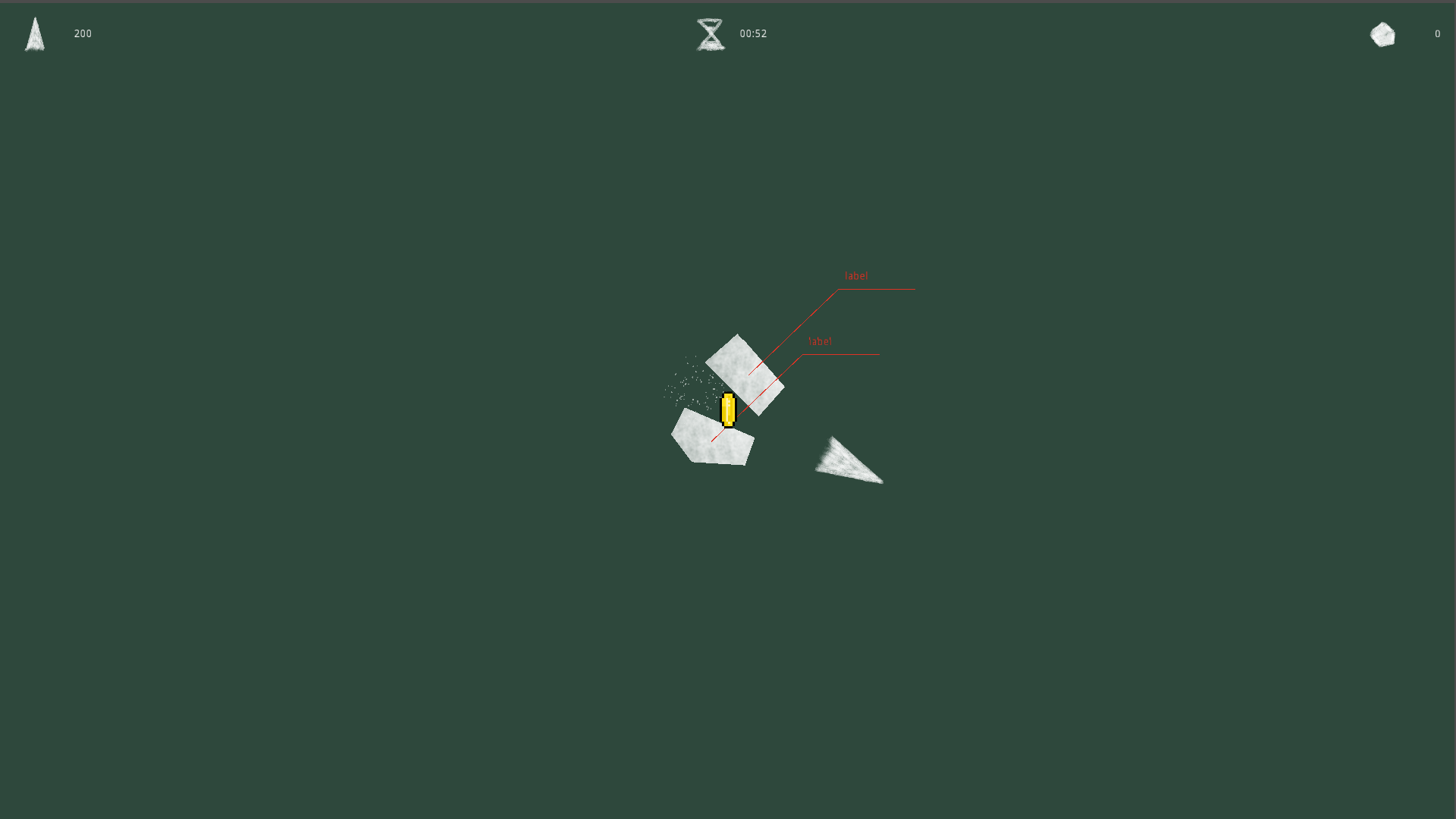Dashderoids Mac OS
Mac OS specific key functions In addition to standard command and Alt/Option keys, Das Keyboard 4 Professional for Mac offers quick, convenient access to a number of other Mac specific key functions. The Das Keyboard 4 Professional for Mac makes it easy to toggle between screens, view your desktop along with other applications that you have. We do not provide technical support for Dastrader Pro on MAC OS. Use of DAS Trader Pro on a Mac OS is at the user's risk.Wrong channel see below disclaimerN. Explore standards-based lesson plans and activities. Find implementation tips and tricks to weave computer science principles throughout your teaching with our turnkey activities and lesson plans, designed to meet CSTA, ISTE-S, and Common Core State Standards and aligned to Code.org’s Computer Science Fundamentals courses and Computer Science Discovery series. Dashboard最初是作为Mac OS X 10.4 Tiger的一部分出现在Mac上的,苹果将其吹捧为一种通过天气、时钟、便利贴等小部件快速访问基本信息的方式。 在macOS 10.10 Yosemite中,苹果默认禁用.
Home > Articles > Apple > Operating Systems
␡- Choosing a Template
Like this article? We recommend
Like this article? We recommend
In the years since Dashboard premiered as part of Mac OS X Tiger, developers have created a wide range of widgets that allow you to do everything from play games, to monitor the state of your Mac, to look up recipes. Developing widgets under Tiger required working with multiple tools to design graphics, write and test code, package code into a widget, and test in Dashboard.
In Leopard, Apple created Dashcode, a self-contained developer tool for creating widgets. Dashcode is an evolutionary leap forward for experienced widget developers and newcomers alike.
The interface resembles a combination of Apple’s Xcode developer tools and iWeb, which isn’t surprising when you consider that widgets are based almost entirely on web technologies (XHTML, CSS, and Javascript).
Dashcode does most of the heavy lifting of widget creation (especially when it comes to design elements) and it also guides you through each step in the process, making suggestions to the next steps in a project and offering a checklist of required code and visual elements.
Choosing a Template
Like iWeb, Dashcode lets you begin creating widgets based on a series of templates (as shown in Figure 1).
If you are an experienced developer, you can choose the Custom template, which is pretty much a blank slate. If you are new to creating widgets or you just want a starting point, you can choose one of the remaining templates.
Dashcode includes templates that make creating some of the most common types of widgets incredibly simple, and many require almost no coding at all.
Creating a countdown widget, for example, takes little more effort than entering a date to count down to. Creating a daily feed widget, such as one that provides a daily quote or tip from your website is just a matter of ensuring you have an RSS feed and specifying that feed within the Daily Feed template.
Other templates let you build widgets that deliver more extensive newsfeeds, photocasts from iPhoto, and podcasts. All of them are great ways to promote content and add value to a personal or business website.
Take a few minutes to customize the look of a widget and you can be offering your audience a way to keep up to date with you through Dashboard in no time.
There’s also a template for taking Quartz Composer visualizations and making them into widgets that can display almost anything based on preset and dynamic factors (such as a slideshow moving in synchronization with iTunes).
A Maps template makes it easy to utilize KML files and GeoRSS feeds to deliver highly customized mashups of locations and events or services, and includes support for the Google Maps API.
Dashderoids Mac Os X
Finally, there’s a Gauge template for building all manner of monitoring tools (this is probably the template that requires the most coding to use).
Dashderoids Mac Os Update

Dashderoids Mac Os Download
Welcome to the official home of dasm, a versatile macro assembler with support for several 8-bit microprocessors including MOS 6502 & 6507, Motorola 6803, 68705 & 68HC11, Hitachi HD6303 (extended Motorola 6801), and Fairchild F8.
Below you can download the latest dasm binaries and sources for the most common operating systems: Linux, macOS and Windows.
Latest Release (version 2.20.14.1 - see release notes)
| dasm-2.20.14.1-linux-x64.tar.gz | Compressed 64-bit executable for Linux [*] |
| dasm-2.20.14.1-osx-x64.tar.gz | Compressed 64-bit executable for macOS [*] |
| dasm-2.20.14.1-win-x64.zip | Compressed 64-bit executable for Windows [*] |
| Looking for a 32-bit dasm executable? Find them in the releases. | |
[*] Console-specific header files and common macros are included for the Atari 2600 VCS, the Atari 7800 and the Fairchild Channel F VES.
Code & Documentation
On GitHub you can find the latest code and documentation .
Bugs? Feature requests?
Please report bugs or feature requests on our dasm project page.
All versions of dasm are written in C. If you want to contribute we encourage you to fork dasm and send us a pull request!
History
- Matthew Dillon started dasm in 1987-1988.
- Olaf 'Rhialto' Seibert extended dasm in 1995.
- Andrew 'Dr.Boo' Davie maintained dasm in 2003-2008.
- Peter Fröhlich maintained dasm in 2008-2015.
- In 2019, the dasm source code and releases were moved to GitHub.